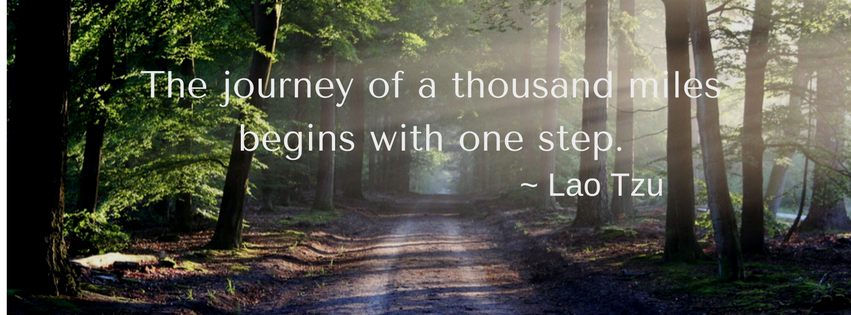 On The Road to Everything
On The Road to Everything
Please review the Disclaimer & Disclosure statement before reading the information offered on this website.
The journey of healing begins with understanding there are specific steps that must be taken to achieve recovery; that there are predictable stages and outcomes if you do the work. Knowing this will help you to make the decision to move forward and embrace your path to wholeness. There are also key concepts and tools that should be incorporated into your journey. Please read about them in A Note to Survivors before proceeding.
Begin by developing a support system and a safe space to do the work and begin the process of naming your wounds, telling your story. Find a person who is willing to provide encouragement during the healing process; this could be a friend, counselor, spouse or partner, another survivor, or a family member. Choose someone mature enough to allow the unfolding of your feelings and memories without trying to “fix it”. Avoid family and friends who tell you to just “get over it”. This will not help and will discourage and invalidate what you are trying to accomplish. Verbally recounting the traumatic event(s) to release negative thoughts and emotions is the beginning of the healing process. This leads to the ability to mourn the experience, which in turn leads to resolution and the ability to move on.
Support your body with good nutrition and supplements. Constant stress and anxiety take a heavy physical toll. B-vitamins for stress, magnesium for relaxation, essential fatty acids and amino acids to support balanced brain chemistry are especially important; visit Nutrition & Mood for more about this. Attention to adequate sleep is also vital to sustain physical and emotional energy. Understanding how childhood trauma has affected your brain is critical to managing the process of recovery; to learn more visit Trauma & The Brain.
Be kind to yourself. Recognize that healing is a journey that takes time and patience. Initially your emotions may become more intense, but if you recognize this as a part of the process, it’s easier to get through. Remember, you will not always feel this way. There will be an end and it will get better. Confronting your thoughts, emotions, and memories eventually leads to resolution and a lessening of the negative emotions; bringing them into manageable limits and freeing you to live the life that you desire.
Judith Herman, M.D., author of Trauma and Recovery, has identified three stages of healing from trauma wounding. I have summarized these stages below.
STAGE I: Recognizing and naming the problem and symptoms, as well as developing a relationship with a therapist or compassionate listener. Stage I should include developing your support system and attention to physical health needs and safety.
STAGE II: Telling your story, reconstructing the trauma, recalling the details and putting them into words and feelings. This can be a difficult and emotionally draining task that initially may require some adjustment in your activity level. Stage II involves allowing yourself to grieve, to mourn the loss of trust, innocence, and whatever you feel you have lost. Expressive writing may be helpful during this stage; to learn more visit Expressive Writing. You may need help with managing symptoms of anxiety and dissociation; visit Mindfulness & Meditation and Relaxation Response for help with this.
STAGE III: Reconnecting with yourself, taking control of your life and becoming the person you want to be. A re-connection with others and developing the ability to trust again is a part of this stage. It is a time of empowerment, discovering the possibilities within yourself and in the world around you, taking a renewed interest in life. A hallmark of this stage is recognizing that you are ready to put “the story” behind you and find new purpose. For more about that, visit Finding Meaning & Purpose.
Ultimately, the goal of the healing journey is to develop awareness and bring the traumatic emotions and memories into manageable limits; to restore damaged self-esteem, establish important nurturing relationships, and to integrate the traumatic event(s) into your life’s story. Peace and resolution are found here.
Books to learn more:
Healing from Trauma: A Survivor’s Guide to Understanding Your Symptoms and Reclaiming Your Life, Jasmin Lee Cori, MS, LPC
The Survivor’s Compass: From Trauma To True Self – A Self Directed Approach to Healing Childhood Trauma, Anne Marck
Self-Therapy: A Step-By-Step Guide to Creating Wholeness and Healing Your Inner Child Using IFS, A New, Cutting Edge Psychotherapy, Jay Earley, PhD
Self-Therapy Workbook: An Exercise Book for the IFS Process by Bonnie J. Weiss, LCSW (a companion book to Jay Earley’s book, above)
Breaking Free from the Victim Trap, Diane Zimberoff
Beginning to Heal: A First Book for Men and Women Who were Sexually Abused as Children by Ellen Bass & Laura Davis
DISCLOSURE: These book links contain Amazon affiliate codes. As an Amazon Associate we earn from qualifying purchases.